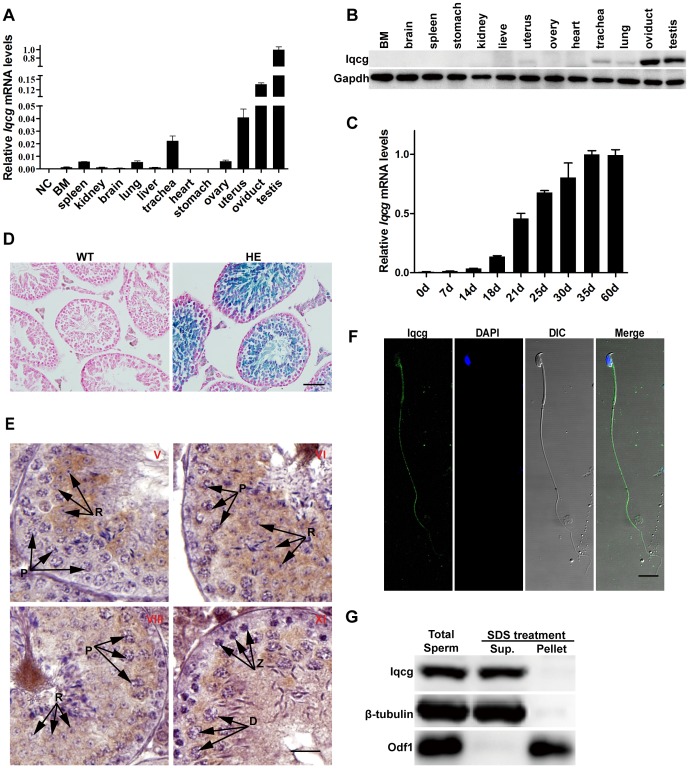Figure 1. Iqcg was highly and orderly expressed in spermatogenesis of mice.
(A) Iqcg mRNA levels in different tissues analyzed by quantitative RT-PCR using total RNA extracted from different tissues of mice. BM: bone marrow. Products of reverse transcription reaction with no mRNA templates were used as negative control (NC). Experiments were performed in triplicate and data were presented as means ± SEM. (B) Expression of Iqcg protein in different tissues. Gapdh was used as a loading control. (C) Iqcg mRNA levels in the first wave of spermatogenesis of mice. (D) X-gal staining of WT and Iqcg HE (heterozygote) testis sections. The X-gal reaction product (blue stain) was abundant in the spermatocytes and spermatids. Nucleus was counterstained with nuclear fast red. Scale bar = 50 µm. (E) Immunohistochemical analysis of Iqcg protein in the WT testis sections. In stage V section, Iqcg was observed in the spermatids but not in spermatogonia or spermatocytes. Iqcg began to appear in the pachytene spermatocytes at stage VI. This signal persisted and was finally localized to the flagella of mature spermatozoa of testis, which can be seen in the lumens of testis sections at stage VI and stage VIII. Stage XI section showed Iqcg expression in diplotene spermatocytes but not in zygotene spermatocytes. The stages of seminiferous epithelial cycle were denoted by the Roman numerals. Different cell types of spermatocytes were indicated by the arrows. P: pachytene spermatocyte; Z: zygotene spermatocyte; D: diplotene spermatocyte; R: round spermatid. Scale bar = 20 µm. (F) Immunofluorescence analysis of Iqcg on the slides of epididymal sperm. Iqcg was localized in the flagellum and post acrosomal region of sperm head. DAPI was used to stain nucleus. Scale bar = 10 µm. (G) Western blot analysis of the sperm fractions after SDS-EDTA treatment. Iqcg was retained in the soluble fraction after this treatment. β-tubulin and Odf1 were used as controls for the soluble (Sup.) and SDS-resistant (Pellet) fractions respectively.

